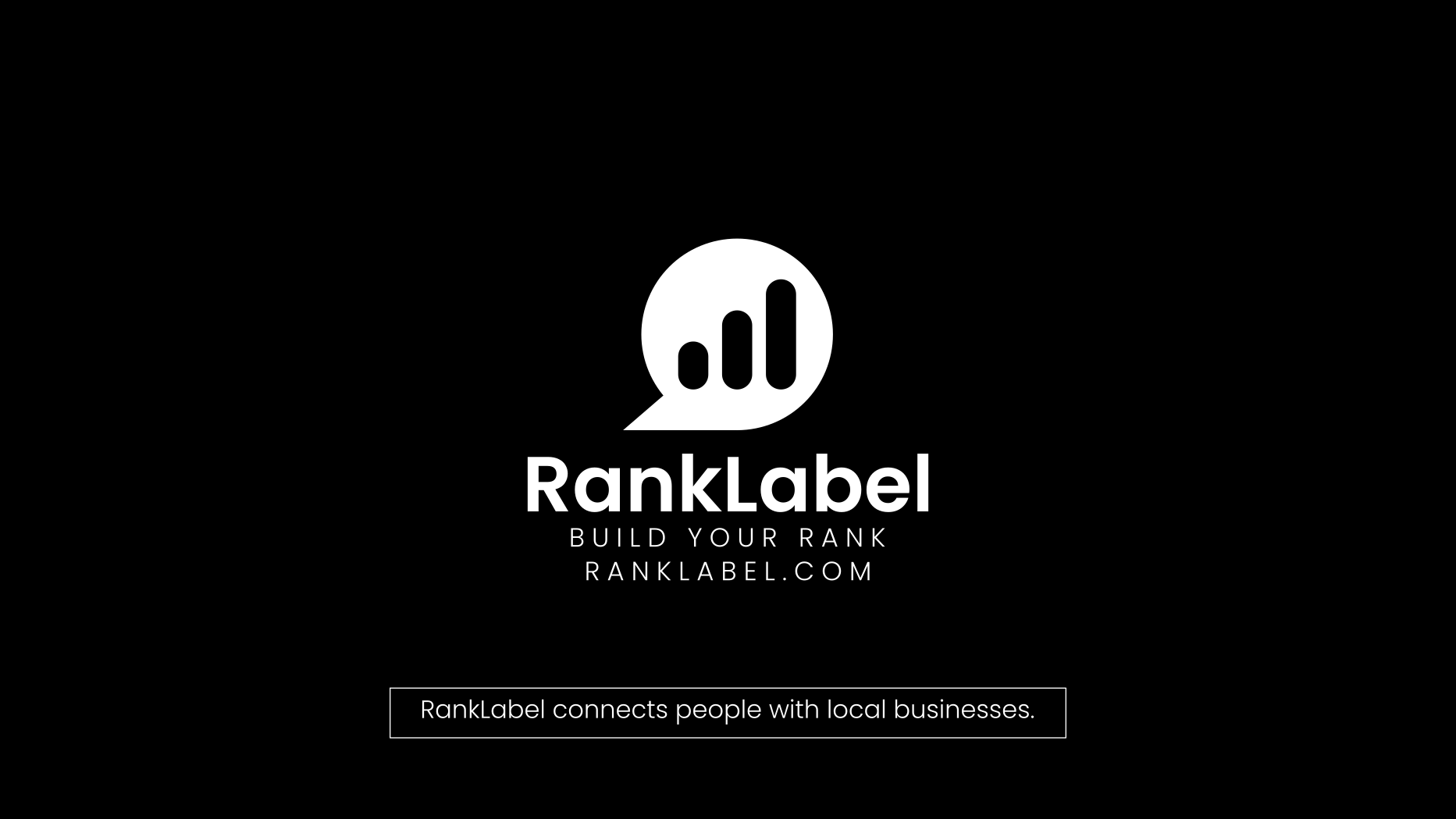Revolutionizing Project Development with 3D Printing: A Deep Dive into Functional Prototypes and Hybrid Techniques

3D printing technology has seen remarkable advancements over the past few years, drastically transforming how industries approach manufacturing, prototyping, and now, educational science projects. This technology, especially known for its ability to create functional 3D prototypes and leverage hybrid 3D printing techniques, is steering a new era in scientific exploration and innovation.
The Rise of 3D Printing in Science Projects
The integration of 3D printing into science projects is providing educators and students alike with unprecedented opportunities to explore complex concepts with tangible models. 3D printing offers a hands-on learning experience that encourages engagement and deepens understanding, making it an essential tool in educational contexts.
- Enhanced Learning: Students grasp theoretical concepts better when they can physically interact with their projects.
- Customization: Every science project can be tailored to fit the specific educational goals or curricular requirements, fostering a more personalized learning environment.
- Interdisciplinary Approach: Combining science, technology, engineering, and mathematics (STEM) education with art and design, 3D printing helps cultivate a well-rounded understanding of each project.
These benefits make 3D printing an invaluable asset in educational settings, particularly for science projects that require a high degree of accuracy and innovation.
Functional 3D Prototypes: From Concept to Reality
Functional 3D prototypes represent a cornerstone in both industrial design and educational projects. These prototypes go beyond mere models by demonstrating how a final product will function. For students and educators, creating functional prototypes is a learning adventure from the drawing board to a working model.
- Prototyping Phase: This phase involves the initial creation of the model based on the conceptual design.
- Testing and Refinement: The prototype undergoes various tests to examine its functionality and durability. Feedback from this phase leads to improvements and optimizations.
- Final Product Simulation: The refined prototype is then used as a stand-in for the final product, allowing students to interact with and learn from a close representation of the actual object.
The ability to iterate designs quickly and at a low cost makes 3D printing particularly suitable for educational environments where budget and time constraints are often significant factors.
Hybrid 3D Printing: Merging Technologies for Enhanced Results
Hybrid 3D printing, which combines different 3D printing technologies or integrates traditional manufacturing processes with 3D printing, is paving the way for innovative approaches to prototyping and production. In the context of science projects, this method allows for the creation of more complex, durable, and functional models.
- Versatility: By combining materials and processes, hybrid 3D printing can produce prototypes that are both lightweight and sturdy, suitable for detailed functional testing.
- Cost Efficiency: Using hybrid techniques can reduce material waste and the costs associated with the use of multiple manufacturing methods separately.
- Speed: Hybrid printing techniques often result in faster production times, allowing more room for experimentation and optimization in project timelines.
This innovative approach not only enhances the quality of the prototypes but also broadens the learning experience for students by exposing them to cutting-edge technology and its potential applications in real-world scenarios.
Case Studies: Real-World Applications of 3D Printing in Science Projects
Exploring several case studies highlights the practical applications and benefits of using 3D printing technology in educational science projects:
- Biology Models: Detailed replicas of organs and cells can be produced, helping students understand biological structures and functions deeply.
- Astronomy Tools: Students can create scaled models of celestial bodies and custom tools like telescopes or sundials, enhancing their understanding of astronomical concepts.
- Environmental Science: 3D printing enables the creation of terrain models and ecosystems, allowing students to study geological formations and environmental impacts visually and tactilely.
These examples illustrate how 3D printing serves not just as a tool for creation, but as a pivot point for innovation and deeper learning in science education.
Future Trends in 3D Printing for Educational Projects
Looking ahead, the future of 3D printing in education is poised for substantial growth. Innovations in 3D printing materials and techniques will continue to lower costs and improve accessibility, making it possible for more schools to incorporate this technology into their curricula. Additionally, as environmental awareness increases, the development of eco-friendly 3D printing materials is likely to gain momentum, aligning with sustainable practices in educational settings.
In conclusion, 3D printing is not just reshaping how we create and design but is also revolutionizing the educational landscape. By providing the tools to build functional 3D prototypes and employing hybrid 3D printing techniques, this technology fosters a hands-on, innovative learning environment. As we move forward, the role of 3D printing in education will undoubtedly expand, continuing to enhance learning experiences and outcomes in science projects and beyond.
For educators and students alike, embracing these advancements in 3D printing technology will be essential in preparing for a future where digital fabrication plays a central role in both learning and professional applications.










